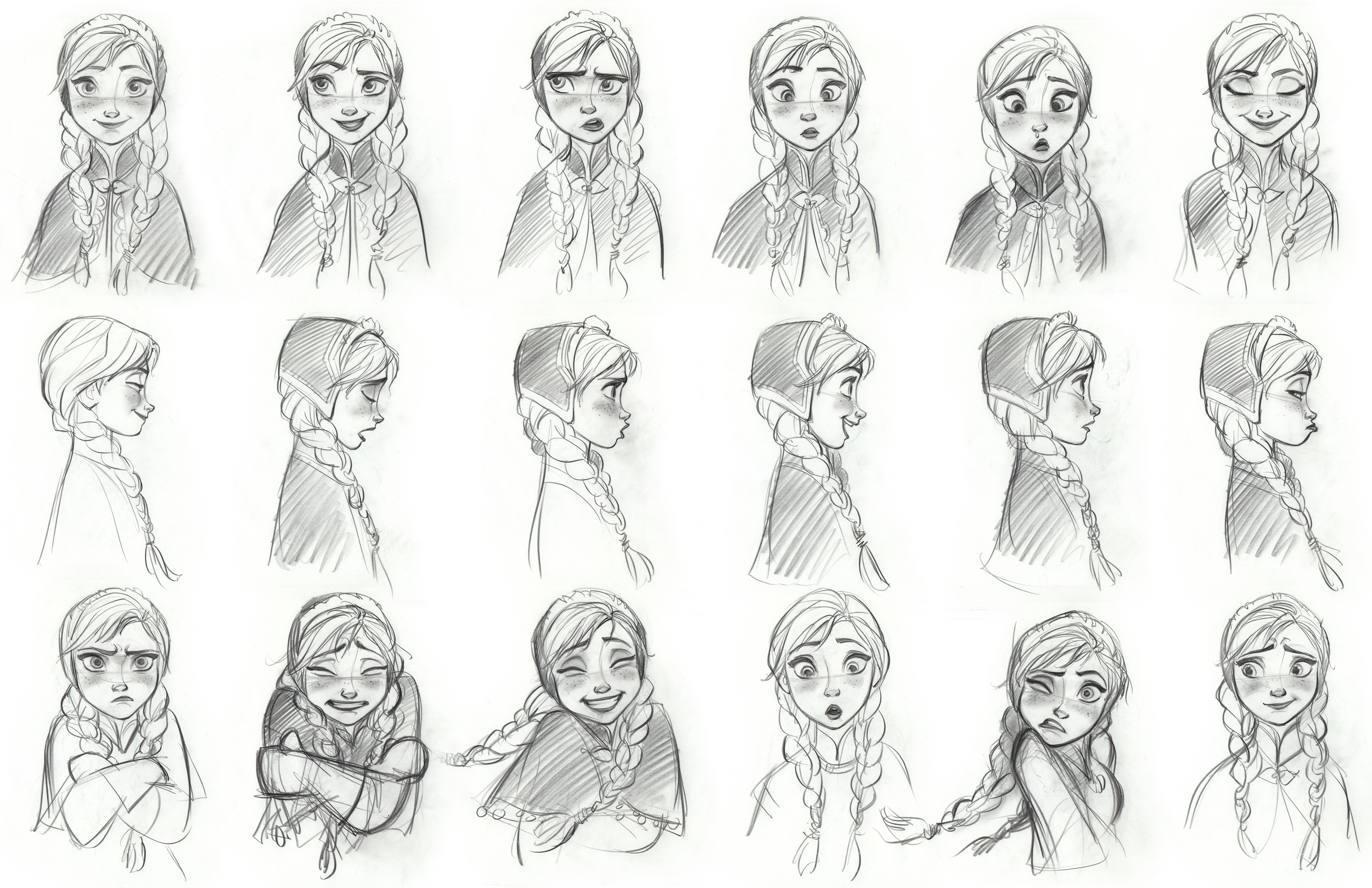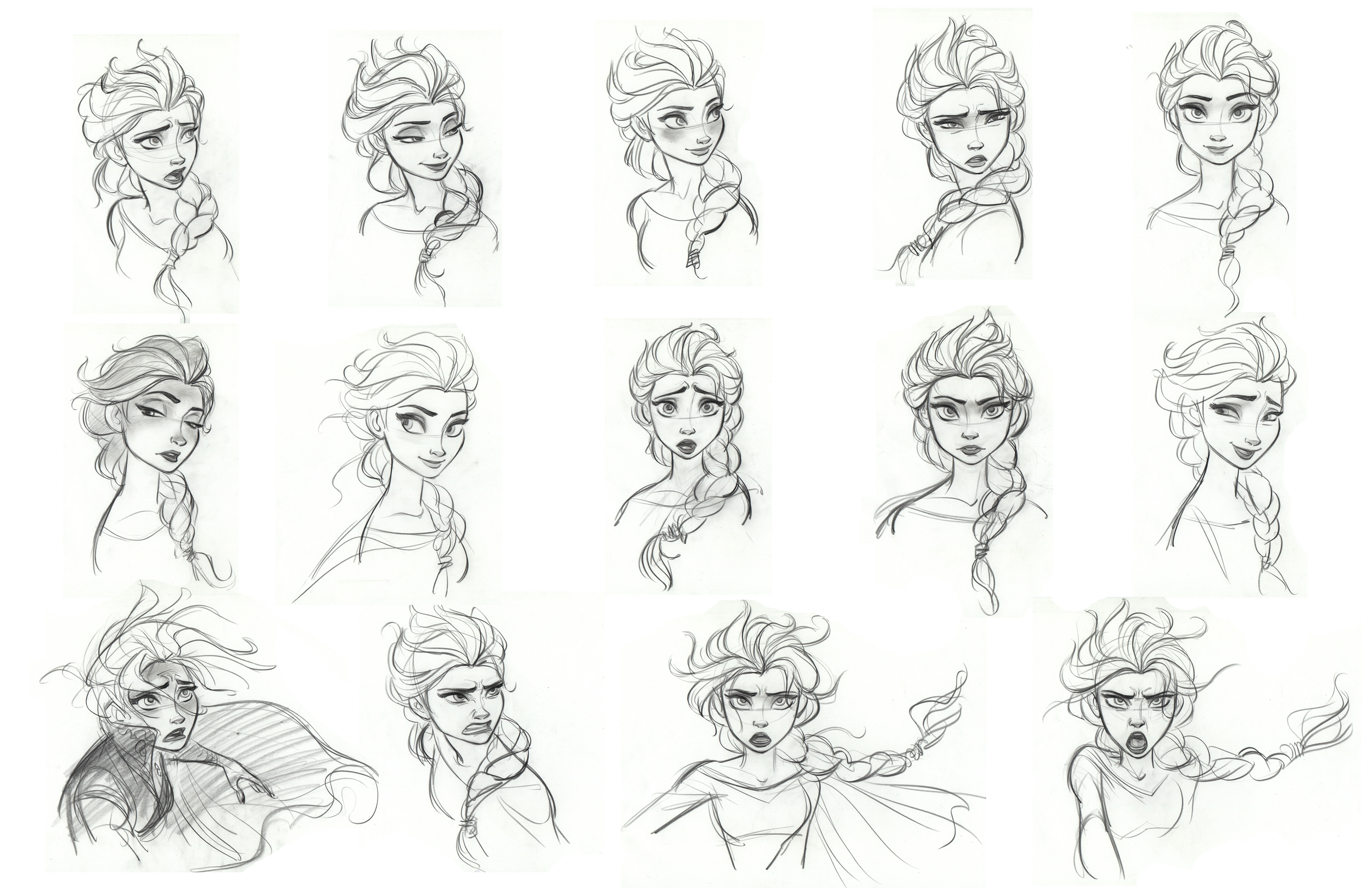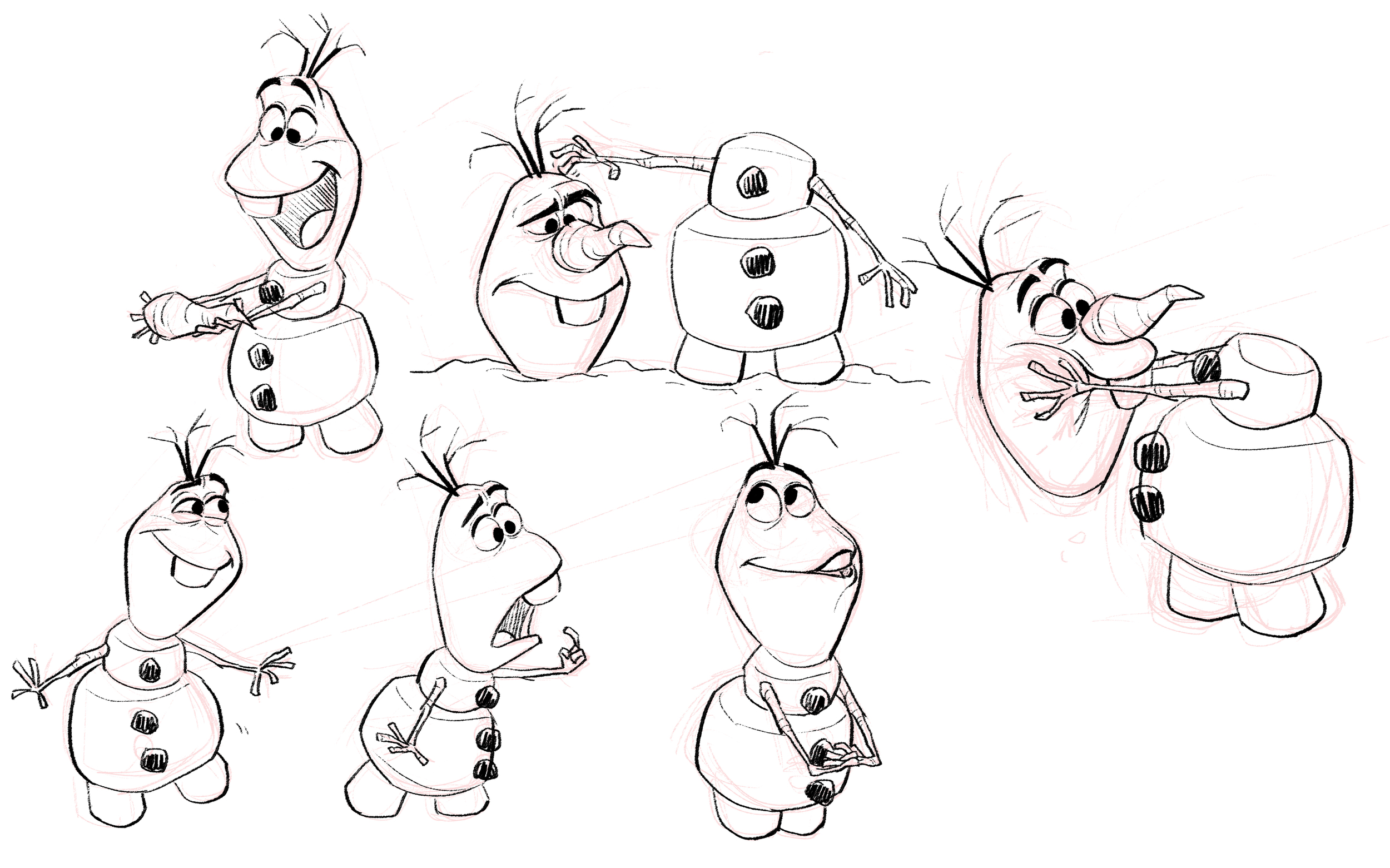FROZEN: Why CGI Iteration Wins Over Hand-drawn
What I saw at the D23 Expo sparked my curiosity, and with the new trailer it has my attention. From what I've seen, the love and talent involved is truly remarkable. Frozen is now my most anticipated movie this fall.
A few weeks ago I was invited to a press event at the Walt Disney Animation Studios in Burbank for a presentation on their upcoming movie Frozen. They showed us 30min of the movie in near finished form, as well as concept art and character animation tests.












Frozen is based on Hans Christian Andersen's The Snow Queen, which Walt Disney wanted to adapt into a film. Having seen a sizable portion of the movie, I can easily say that live-action or hand-drawn animation would not be as good as this CGI telling.
In addition to all the cool visuals, we also had Q&A's with the directors, art directors, and animation leads. To my surprise the one word the whole team used over and over again was "iteration."
Iteration is a highly used word in the tech world. If you're not familiar, it's a feedback loop with incremental improvements progressing toward a goal. Based on what I've seen, this is why the finished film is CGI versus traditional hand-drawn animation or even live-action.




From character design to early animation, hand-drawn takes the lead. There are even animation effects in the finished film that are still hand-drawn. So why is the finished product CGI? Again, the key word is iteration.
A cool demo they showed was of a real-time virtual camera similar to what's used in films like Avatar and Tintin. The directors are able to do hundreds of camera setups in a few hours. Hand-drawn has no equivalent to this iterative tool.



Watching demos of character animation, it's clear that whether it's polygons or ink and paint, the fundamentals are the same its about performance and emotion. In early character animation we saw hand-drawn overlaying CGI with key poses because it's the quickest way to get the animators work in front of the directors.
But once the character animation is complete, cloth, snow, hair, lighting, and wind take over. The cloth can be made to move more freely, or the wind can be changed to blow strongly on a music queue, without the character having to re-animated. It's this kind of fine-tuning that again gives CGI the edge.




Frozen has lots and lots of snow. A new snow simulator called Matterhorn was built to simulate all the different behaviors and types of snow. This is the best fake snow I've ever seen, and having grown up with snow I should know what the real stuff looks like.
Disney has even sent us GeekTyrant spelled out in snow and falling to the ground.
These cool tools allow the creative people behind Frozen to be able to change whole parts of the movie in ways that otherwise would have been cost- and time-prohibitive. CGI changes to animation bring artists new options in the same way non-linear editing gave editors new, creative ways to edit.
I look forward to being able to talk more about Frozen because it's going to be a new classic. Frozen hits theaters November 27, 2013